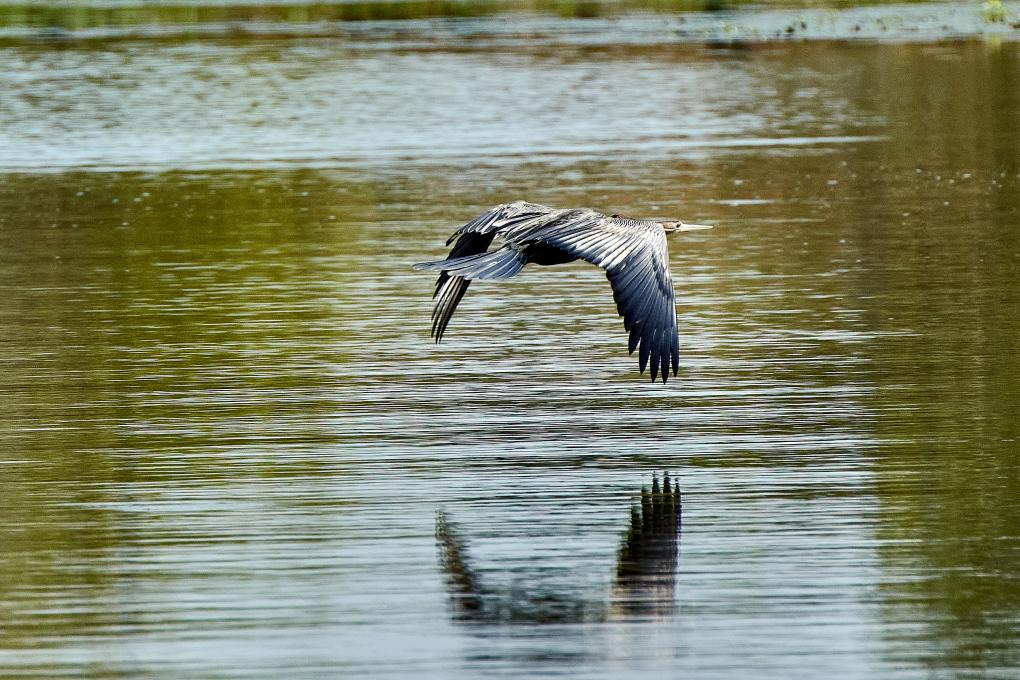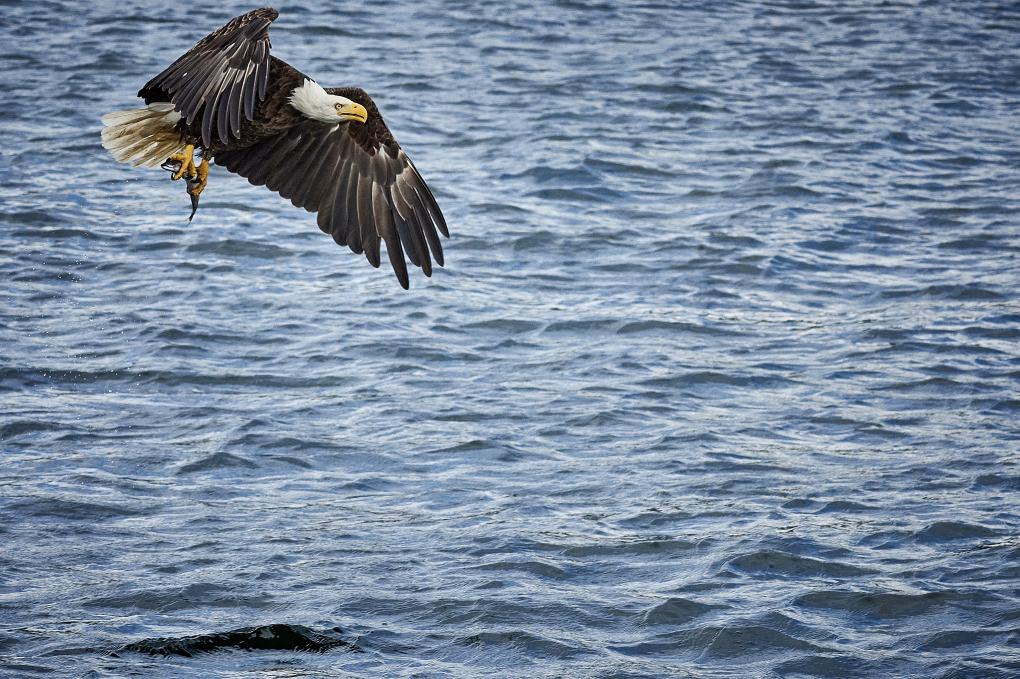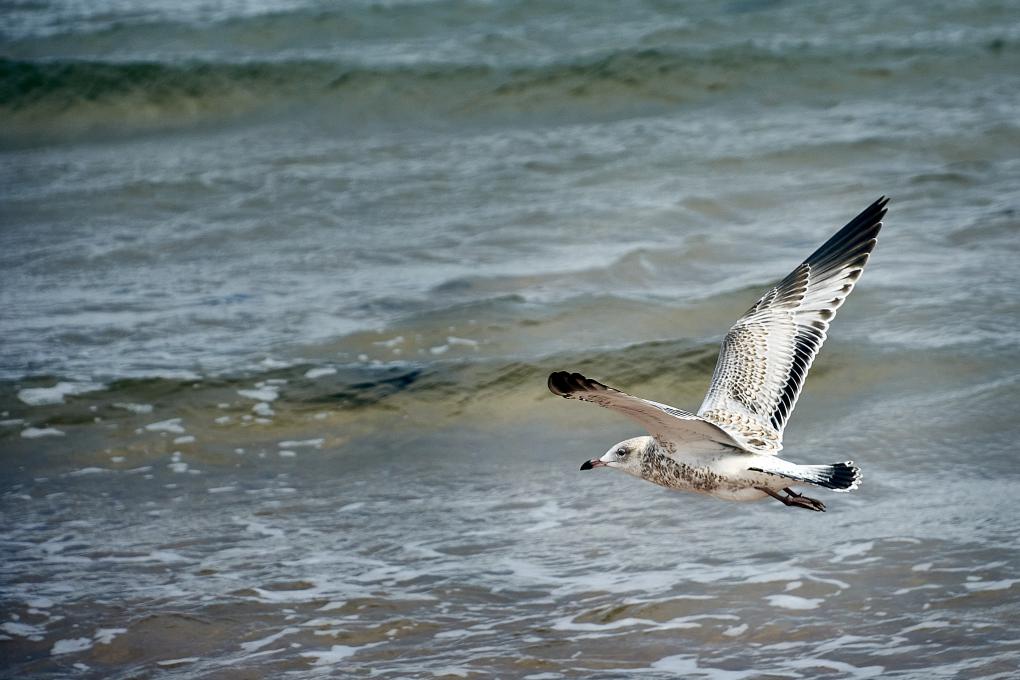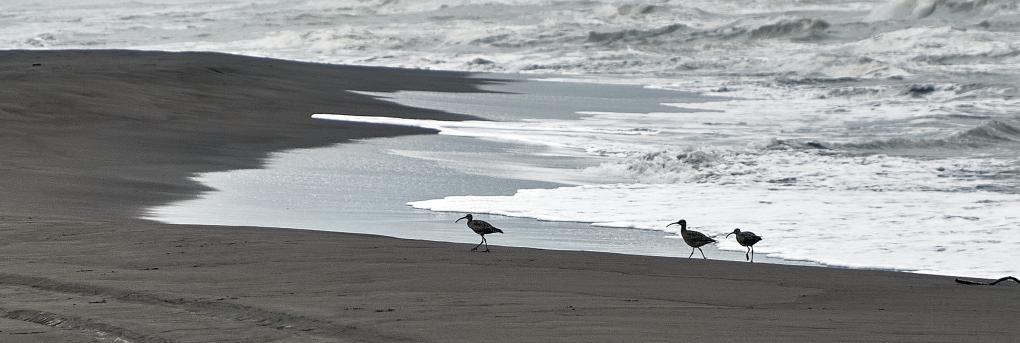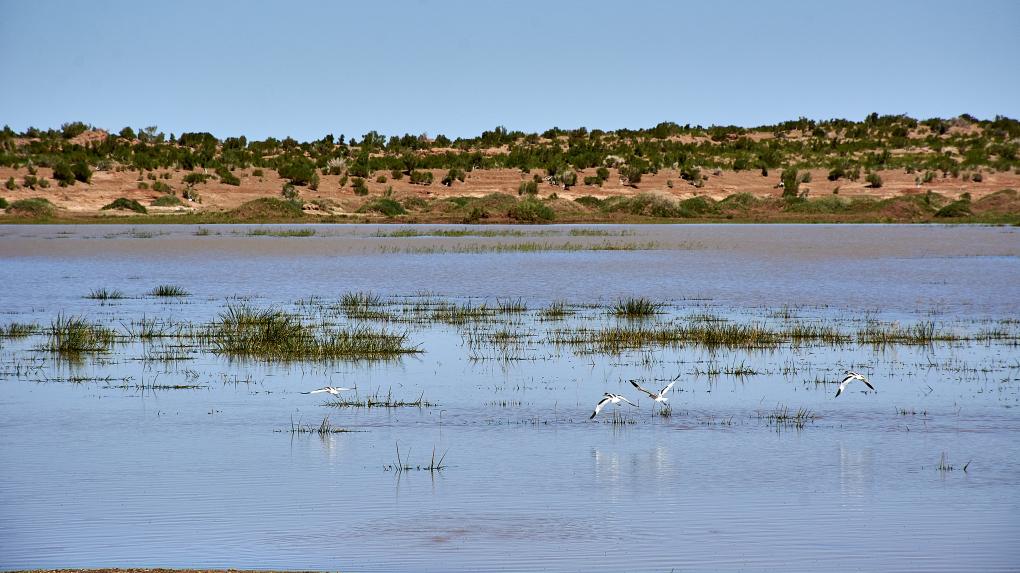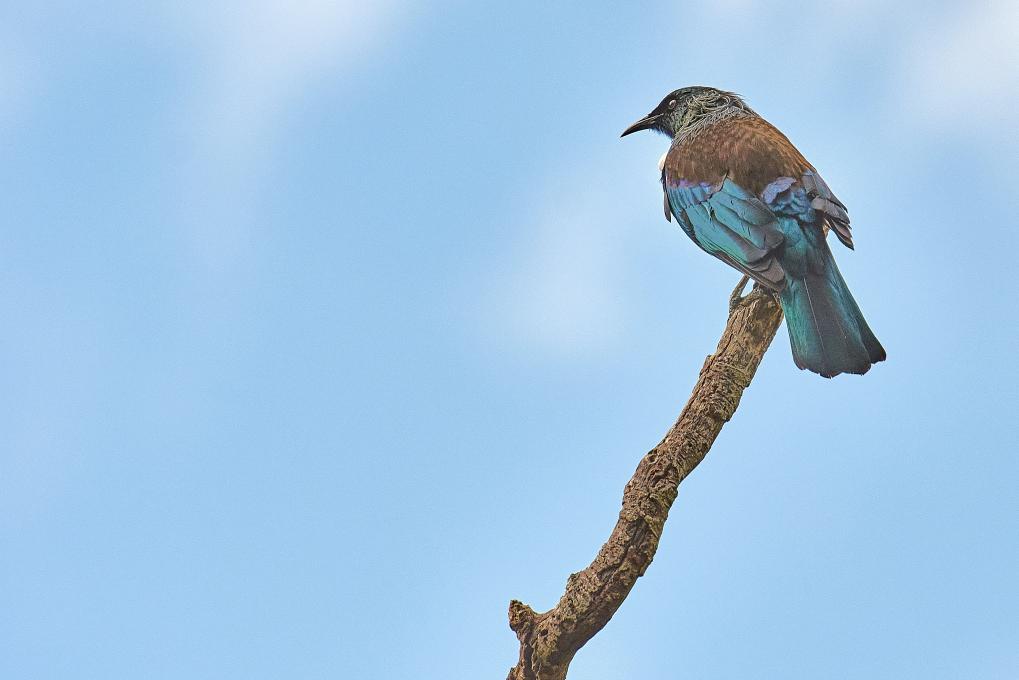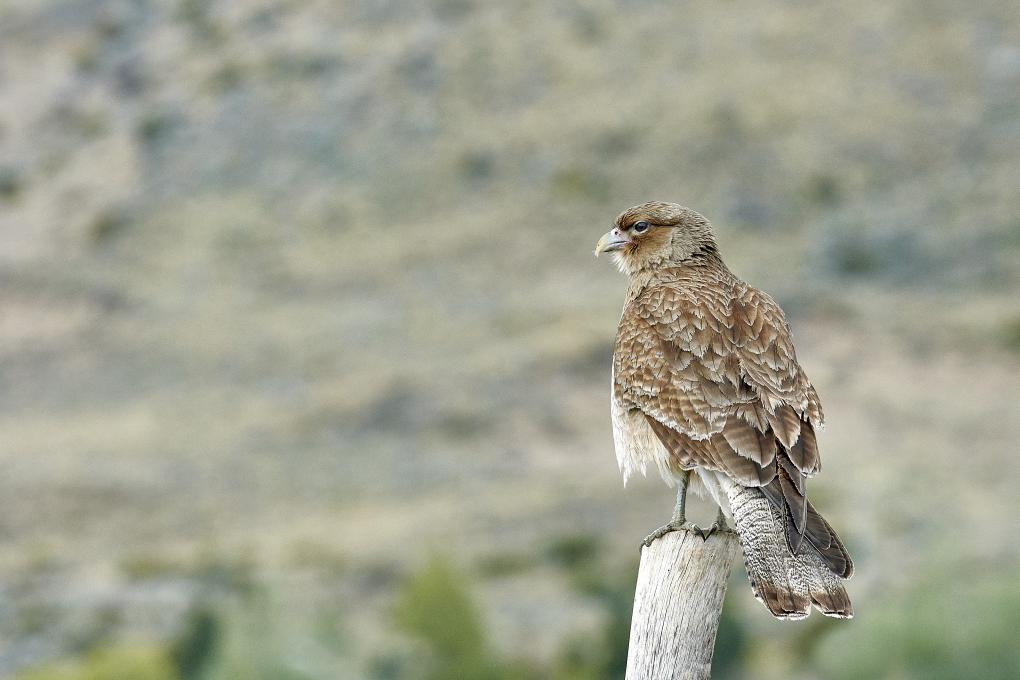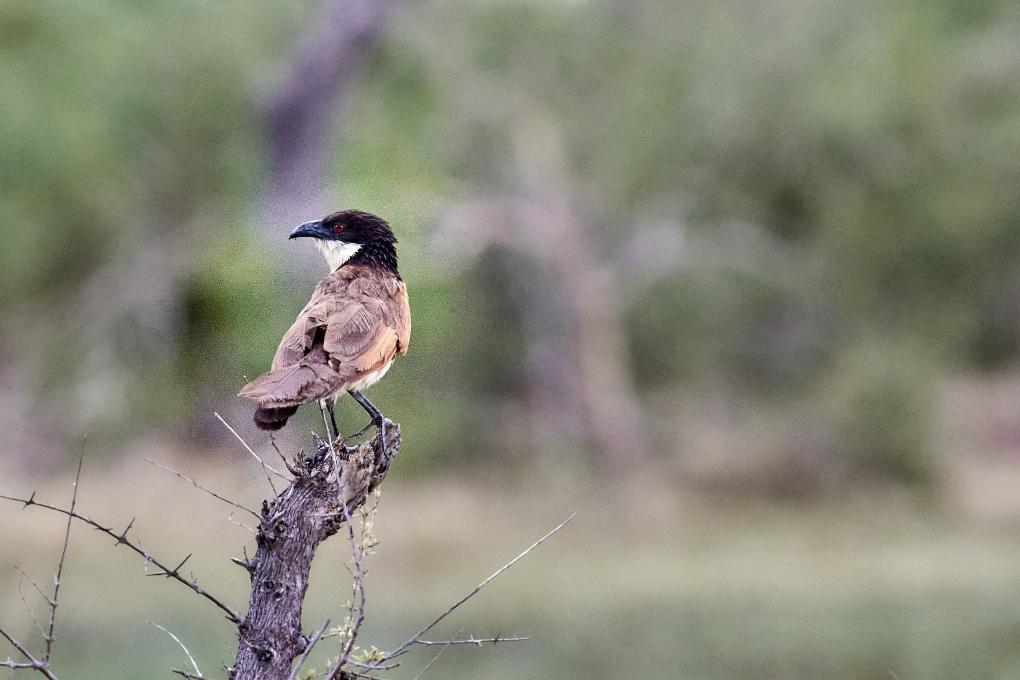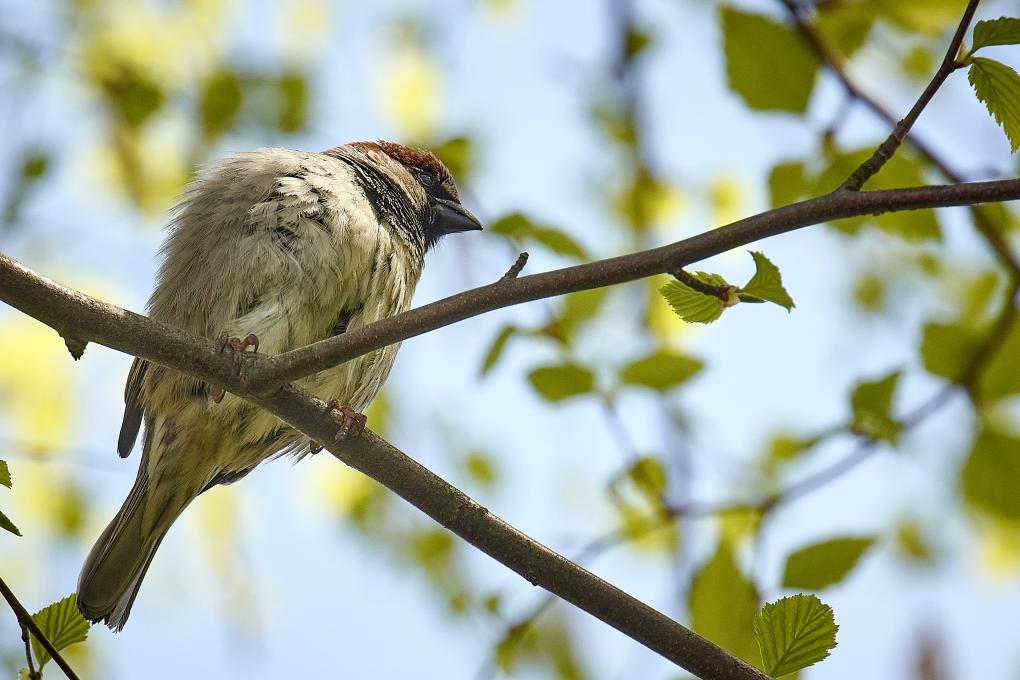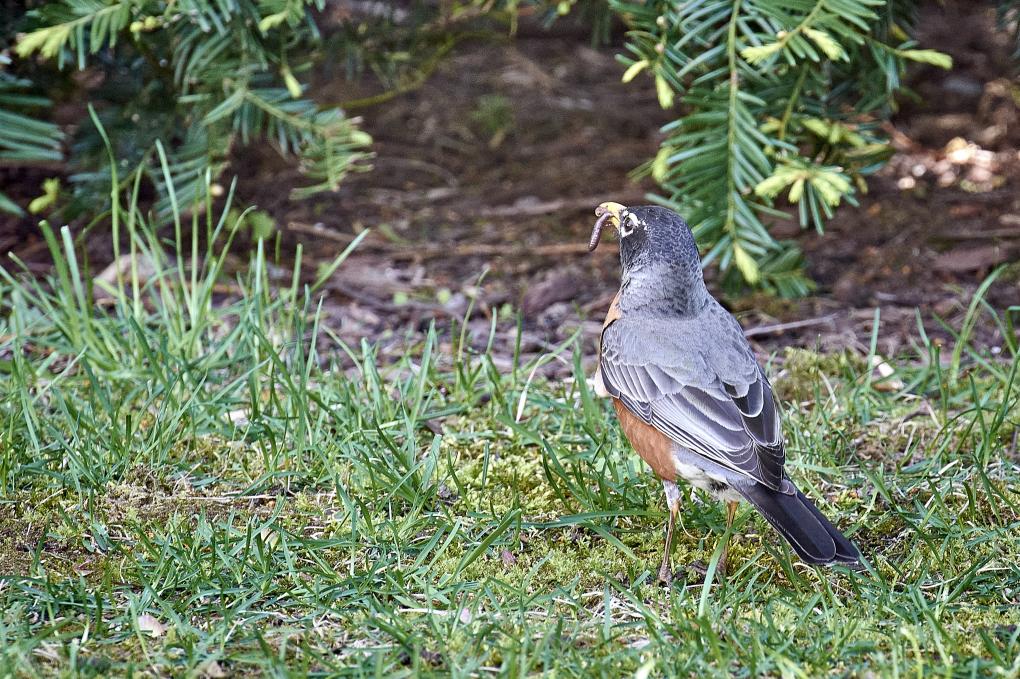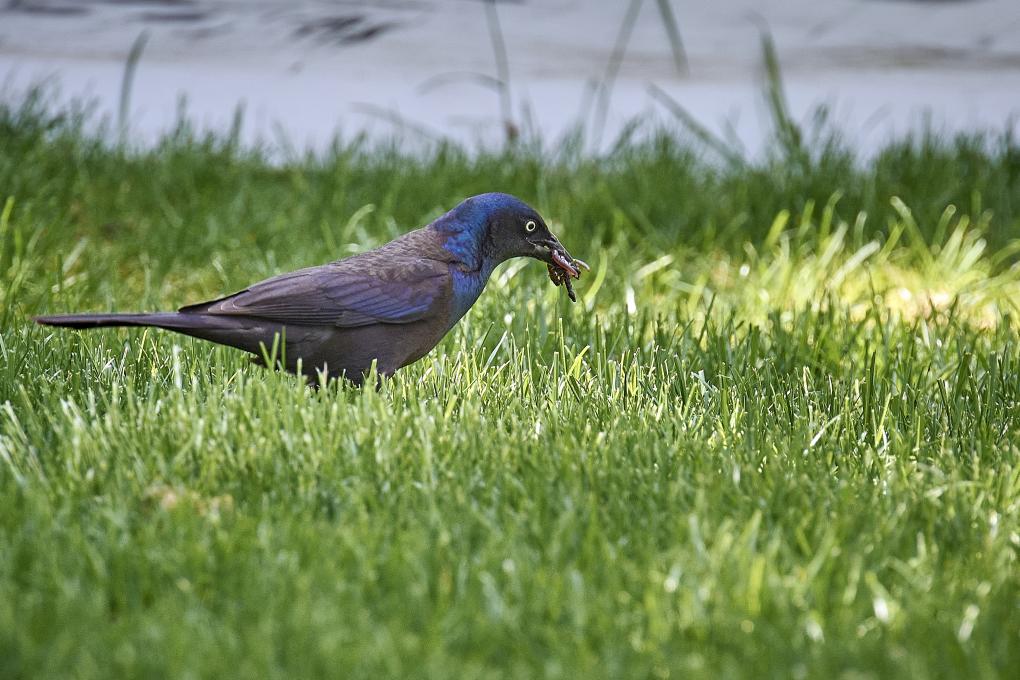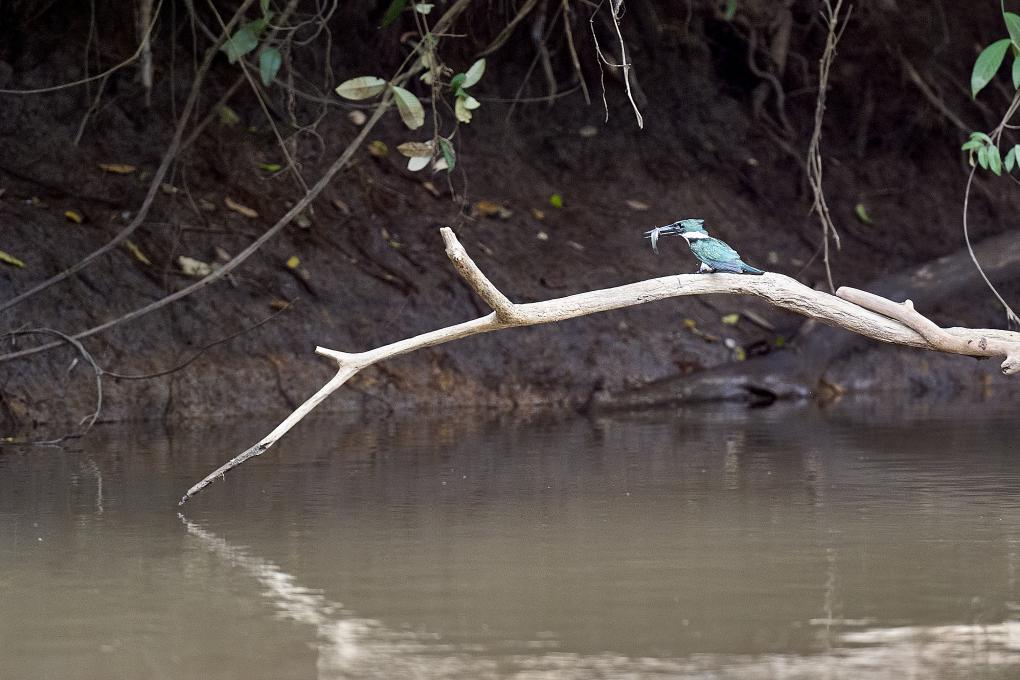Fred
Forum Replies Created
Viewing 10 posts - 1 through 10 (of 10 total)
-
FredParticipantThe Nikon 1.4 teleconverter will cost you one f stop so your maximum aperture at 400 mm will be f8. Most Nikon DSLRs will auto focus at f8, but not all. Make sure you check Nikon's web site for compatibility info.in reply to: Practice Understanding Birds for Better Photos #724491
-
FredParticipantGreat detail of the bird in the first photo but I prefer the bird in its environment as it gives me a better sense of scale and the bird's wings are beautifully detailed.in reply to: Practice Getting Creative and Telling Stories #723105
-
FredParticipantMy biggest problem photographing birds in flight are finding them through the viewfinder when zoomed to maximum focal length. I try to find them zoomed out but oftentimes forget/don't have time to zoom out again. I shoot aperture priority and may try practicing with shutter priority. One question - Melissa is choosing the widest aperture she can but I have also read that closing down the aperture is best to keep the whole bird in focus as the depth of field can be quite shallow especially with long focal lengths. Does anyone care to comment? Despite these issues, I have been able to obtain some very nice photos of birds in flight and share three of them. From top to bottom: African Darter, American Bald Eagle, Ring-billed Gull.


 in reply to: Practice Capturing Birds in Flight #719421
in reply to: Practice Capturing Birds in Flight #719421 -
FredParticipantI have come to be extremely fond of environmental photos of birds as opposed to bird portraits and try to capture as much of the environment as possible while still keeping the bird or birds sharply defined, even if small in the frame. Two examples are the backlit Whimbrei and the Pied Avocets with their distinctive black and white patches and curved bills. I also like capturing stories as this one in a series depicting Nazca Boobys courting and nest building.


 in reply to: Practice Getting Creative and Telling Stories #719301
in reply to: Practice Getting Creative and Telling Stories #719301 -
FredParticipantI try to follow the "rules" especially rule of thirds as I find it creates a more pleasing photo. But I am perfectly happy to break rules - sometimes it works for the particular image and sometimes, it is all one can achieve especially when shooting fast moving animals or birds. I also prefer to give my subjects more room in front to move into but if I don't have time to compose that way, I am comfortable so long as there is some room in front of the subject. My preference is to shoot at f/5.6 or larger apertures to create an out-of-focus background but again, for fast moving birds or animals I will use f/8 or f/11 to ensure the subject stays in focus. The photos, of the Frogmouth and Chimango Caracara, are all examples of nicely blurred backgrounds. The Tui illustrates a common background when shooting birds - featureless blue sky and also is an example of shooting upward in lieu of at eye level - fairly common as birds roost in high places.


 in reply to: Practice Crafting Great Bird Photos #719225
in reply to: Practice Crafting Great Bird Photos #719225 -
FredParticipantWe will always miss shots. My suggestion is take the photo anyway even if you don't have your settings exactly as you would prefer. I find I learn more from what didn't work as I do from what does. Some of my favorite photos are the ones I have taken that if I overthought it I would never have pressed the shutter - shutter speed too slow, wrong zoom, ISO too high or low, etc. Here's an example of a Coppery Tailed Coucal where I pushed my camera and my ability to handhold; the background is too noisy for my liking, but overall, the image works. ISO 6400, f/5, 1/250 s, 280 mm. I also broke the "rule" which says to have more space in front of the bird than behind it. Sometimes, there is no time to compose.
 in reply to: Practice Crafting Great Bird Photos #719218
in reply to: Practice Crafting Great Bird Photos #719218 -
FredParticipantI have been doing some bird photography close to home. Photos of the House Sparrow, American Robin, and Common Grackle were taken in my backyard. I enjoy watching the American Robins in my backyard hopping along the ground and listening for worms and larva that they pounce upon. House Sparrows are common and capturing the Grackle with a load of food in its beak was special.


 in reply to: Practice Understanding Birds for Better Photos #719182
in reply to: Practice Understanding Birds for Better Photos #719182 -
FredParticipantI use the Nikon 1.4x teleconverter with the Nikon AF-S Nikkor 70-200 mm f/2.8G VR II lens. That should work fine for your Nikon lenses. You can also check the Nikon web site to check for lens compatibility for any of its three teleconverters (1.4, 1.7 and 2)in reply to: Practice Matching Your Gear to Your Goals #719028
-
FredParticipantI tried editing my original note but it doesn't show up. I added a note that the original kingfisher photo is 3105 x 2070 pixels and 3.6 MB. The version displayed is 1020 x 680 and 94 KB.in reply to: Practice Matching Your Gear to Your Goals #718966
-
FredParticipantI enjoy photographing birds but don't consider myself a birder. Bird photography is hard, capturing birds in flight harder which is why I enjoy the challenge. I presently shoot with a Nikon D7100, 70-200 mm f2.8 lens with a 1.4 x extender. Being a crop camera, this gives me a maximum focal length of 420 mm. I'm toying with the notion of getting a full frame Nikon Z series mirrorless and a 200-500 mm f5.6 lens. I recently took a hard look at my bird photos from the past few years and find that whereas I previously cropped tight to the bird, I now prefer to crop to include much more of the bird's environment. So I reprocessed a number of these photos. In following this course, I looked at the Macaualy Library and find that it recommends a tight crop which I guess is appropriate for technical views of the bird but, in my opinion, does not offer optimum artistic scope. I've attached a photo of an Amazon Kingfisher to illustrate my point. This photo, was taken with a Nikon D80 and the 70-200 mm lens at maximum zoom.
 in reply to: Practice Matching Your Gear to Your Goals #718964
in reply to: Practice Matching Your Gear to Your Goals #718964
Viewing 10 posts - 1 through 10 (of 10 total)
